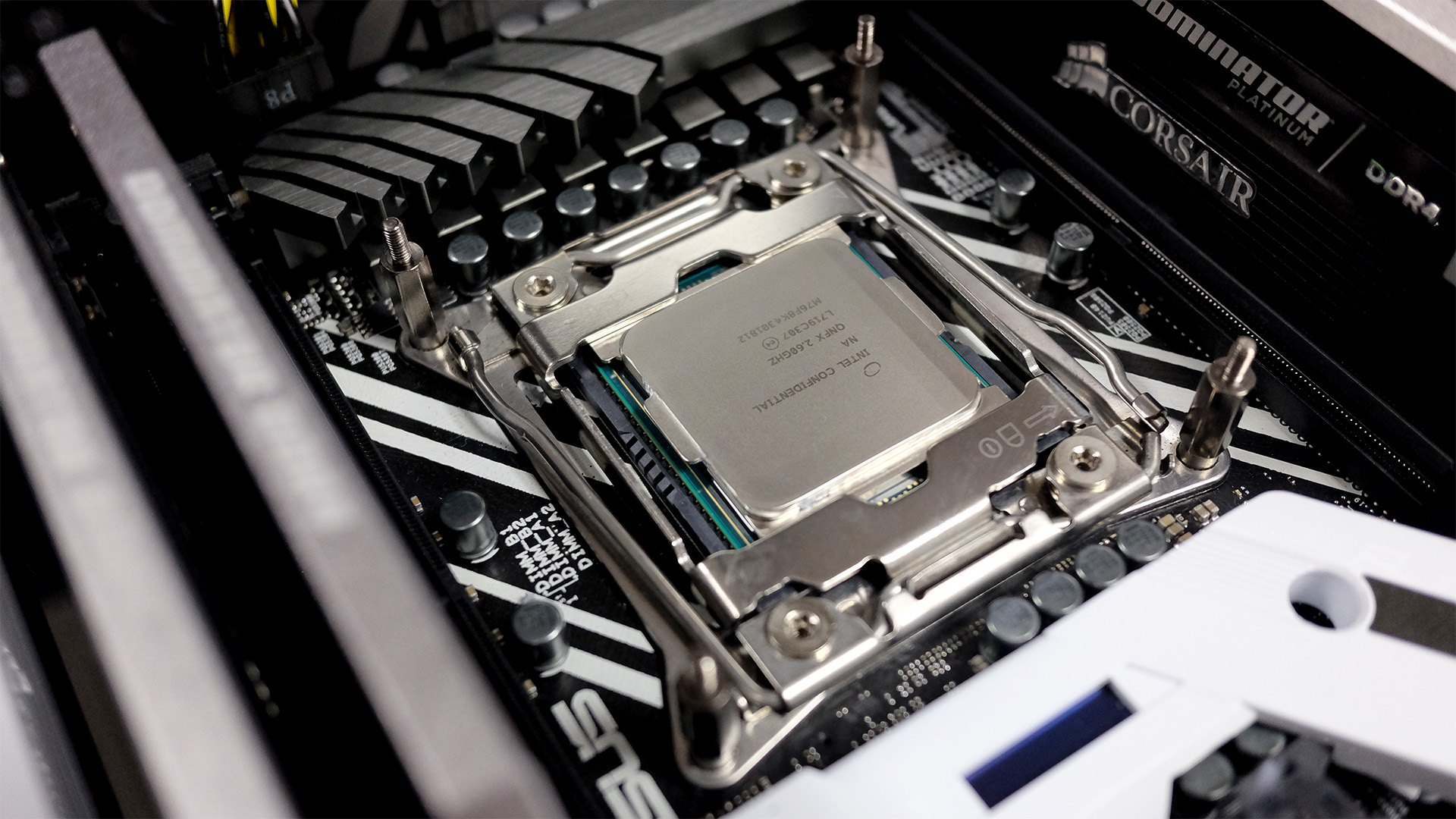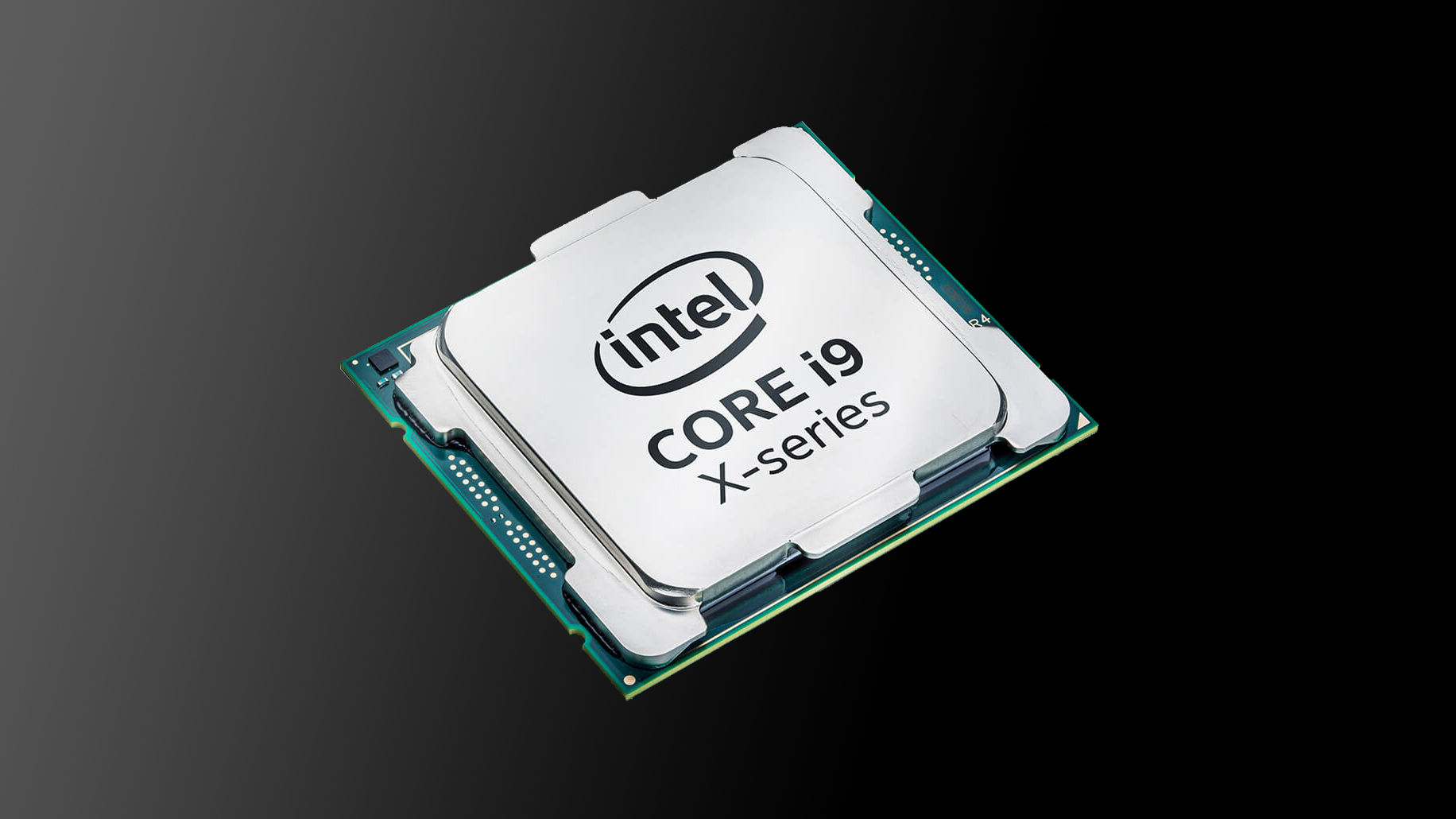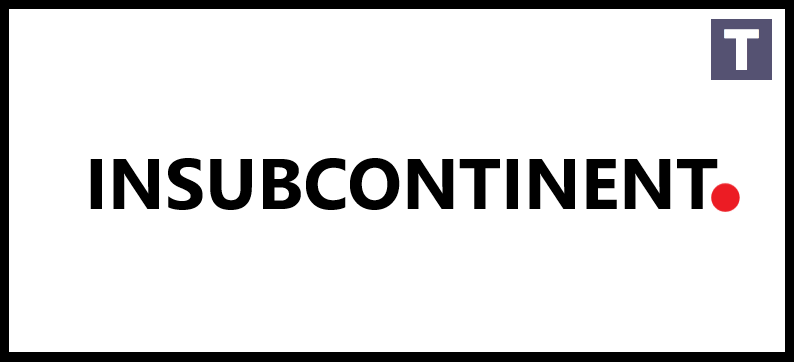Music
Trailers
DailyVideos
India
Pakistan
Afghanistan
Bangladesh
Srilanka
Nepal
Thailand
StockMarket
Business
Technology
Startup
Trending Videos
Coupons
Football
Search
Download App in Playstore
Download App
Best Collections
Technology
There are few open-source projects as complex as OpenStack, which essentially provides large companies with all the tools to run the equivalent of the core AWS services in their own data centers. To build OpenStack various systems the team also had to develop some of its own DevOps tools, and, in 2012, that meant developing Zuul, an open-source continuous integration and delivery (CI/CD) platform. Now, with the release of Zuul v3, the team decided to decouple Zuul from OpenStack and run it as an independent project. Itnot quite leaving the OpenStack ecosystem, though, as it will still be hosted by the OpenStack Foundation.
Now all of that may seem a bit complicated, but at this point, the OpenStack Foundation is simply the home of OpenStack andother related infrastructure projects. The first one of those was obviously OpenStack itself, followed by the Kata Containers project late last year. Zuul is simply the third of these projects.
The general concept behind Zuul is to provide developers with a system for automatically merging, building and testing new changes to a project. Itextensible and supports a number of different development platforms, including GitHub and the Gerrit code review and project management tool.
Current contributors include BMW, GitHub, GoDaddy, Huawei, Red Hat and SUSE. &The wide adoption of CI/CD in our software projects is the foundation to deliver high-quality software in time by automating every integral part of the development cycle from simple commit checks to full release processes,& said BMW software engineerTobias Henkel. &Our CI/CD development team at BMW is proud to be part of the Zuul community and will continue to be active contributors of the Zuul OSS project.&
The spin-off of Zuul comes at an interesting time in the CI/CD community, which is currently spoiled for choice. Spinnaker, Google and Netflix are betting on an open source CD platform that solves some of the same problems as Zuul, for example, while Jenkins and similar projects continue to go strong, too. The Zuul project notes that its focus is more strongly on multi-repo gating, which makes it ideal handling very large and complex projects. A number of representatives of all of these open-source projects are meeting at the OpenDev conference in Vancouver, Canada thatrunning in parallel with the semi-annual OpenStack Summit there, and my guess is that we&ll hear quite a bit more about all of these projects in the coming days and weeks.
- Details
- Category: Technology
Read more: OpenStack spins out its Zuul open source CI/CD platform
Write comment (96 Comments)Fueled by last yeargreed-inducing visions of a cryptocurrency boom and a stock market largely untethered from classical economics, TradingView, a developer of social networking and data analysis tools for financial markets, has raised millions in new venture funding.
The New York-based company just scored $37 million in funding led by the growth-stage investment firm Insight Venture Partners .
TradingView has developed a proprietary, JavaScript-based programming language called PineScript, which lets anyone develop their own customized financial analysis tools. The company &freemium& software as a service model that lets most users connect and exchange trading tips and tricks for free, but begins charging when customers want access to more charts, data and real-time server-side alerts.
There are three payment plans beginning at $15, with a mid-tier at $30 and a high-end $60 per-month premium option.
The company had previously boosted its growth by offering its charting software for free to partner websites like SeekingAlpha, Bitfinex and the Nasdaq. That strategy helped it grow to 8 million monthly active users with around 61 percent coming from direct traffic as of March of this year.
These days the company derives nearly 75 percent of its revenue from those monthly subscription plans to individual traders. TradingViewexecutives think the company still has an opportunity to expand its footprint among those retail investors, but italso planning to make a push to serve more institutional clients with its toolkit.
For the past seven years the company has enjoyed consistent growth, according to TradingView co-founder and chief operations officer, Stan Bokov.
For Paul Szurek, a vice-president at Insight Venture Partners, the investment in TradingView is building off of broad consumer interest in amateur speculative trading. Looking at RobinHood, Bux and eToro as gateways for new investors who eventually move on to more sophisticated tools, Szurek said that TradingView was often their next step into market investing.
&The rise of cryptocurrencies… and trading those assets… has flywheeled into a broader interest in investing across asset classes,& Szurek said.
While TradingView was never crypto-focused, according to Bokov, the company was supportive from the beginning and itbeen a boon to the broader business. &They came for crypto. They stayed for the other stuff,& Bokov said.
And crypto might just be the gateway drug for younger speculative traders to start investing in financial markets more broadly, according to Szurek. &October to January, during the real core of the crypto boom here, there were a lot of users coming in starting out researching that asset class broadly. Eighty percent move on to research other asset classes,& he said. &As TradingView kind of pushed through the [first quarter], trends in growth really diverged from what we were seeing in purely crypto-focused business and thata testament to users leveraging this one-stop-shop component of the platform.&
Additional investors in the new TradingView include DRW Venture Capital and Jump Capital. The company was a graduate of the 2013 Techstars Chicago batch and was seeded by Irish Angels, Techstars, iTech Capital and undisclosed angel investors.
&TradingView was built for non-professional traders, but its accessible trading tools and powerful-yet-intuitive charting capabilities have attracted the attention of institutional investors,& said Kimberly Trautmann, head of DRW Venture Capital, in a statement. &As an investor, we are excited about the diverse cross section of the industry that TradingView has reached and its rapid growth. As a proprietary trading firm on an institutional level, we&re looking forward to leveraging the platform and contributing to its further development.&
- Details
- Category: Technology
Read more: Cryptocurrency and a stock market boom pushes TradingView to $37 million in new funding
Write comment (96 Comments)

Australia’s largest telco has determined the cause of yesterday’s nationwide network outage which affected Telstra’s mobile service for a number of hours.
According to the company, a software fault brought down the 4G network, automatically diverting customers to the 3G network which then, in turn, overloaded. Telstra says that a failsafe built
- Details
- Category: Technology
Read more: Telstra will compensate users on a “case by case” basis for yesterday’s big outage
Write comment (95 Comments)

Security researchers at Google and Microsoft have found a new variant of the Spectre security flaw that was first reported back in January this year.
Rumors of the latest CPU bug were disclosed by a German computer science publication earlier this month, but the details of the vulnerability were only officially revealed on Monday, May 21.
Called
- Details
- Category: Technology
Read more: Google and Microsoft find new strain of Spectre and Meltdown
Write comment (92 Comments)

Intel’s mystery octa-core Coffee Lake-S chip has re-emerged yet again and this time, there are more details than ever.
The rumored processor was spotted among the sea of CPUs in the Sisoftware datebase, appearing as an 8-core and 16-thread processor that seems designed specifically to put an end to Ryzen 2nd generation’s core-count advantage. W
- Details
- Category: Technology
Read more: Intel octa-core Coffee Lake-S processor gets its clock speed revealed
Write comment (94 Comments)
Windows Mixed Reality (MR) can be a confusing concept. Is it virtual reality (VR), like the Oculus Rift, or it is more like augmented reality (AR), which Microsoft has already dabbled in with its HoloLens
The answer is that it’s a bit of both – though far more like the former than the latter.
Microsoft’s blended version of VR and AR is a new p
- Details
- Category: Technology
Read more: Windows Mixed Reality: everything you need to know
Write comment (98 Comments)Page 5332 of 5614

 18
18
















